The timeless resiliency of the French people has been laid bare this week, as they stare down the terror visited upon them in the streets of Paris. But “la Ville Lumière” is no stranger to violence — another dark chapter came during the Nazi Germany occupation of the city during the Second World War. As allied liberation forces advanced to Paris in August of 1944, German military governor, Dietrich Hugo Hermann von Choltitz was ordered by Adolf Hitler to do the unthinkable: annihilate the city and reduce it to ashes. In a momentous act of defiance, Von Choltitz disobeyed Hitler’s directive. Paris would not burn. A few short weeks later, General Charles de Gaulle marched down the Champs Élyssées. Paris was free.

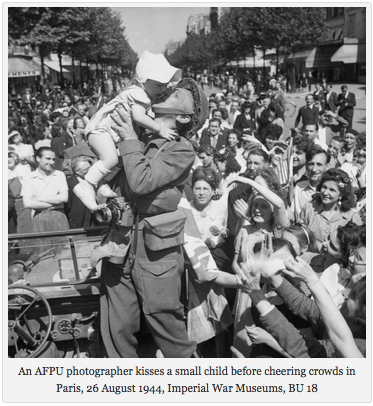
The motivations of von Choltitz continue to be debated. Could he simply not countenance Hitler’s wicked directive or was he motivated by self-interest? The answer will probably remain shrouded in the mists of time. One matter is clear though: it would have been impossible for von Choltitz not to have recognized the importance of Paris to the central iconography of western civilization. By the twentieth century at least, Paris belonged not only to the Parisiens, or to the French, but also to humanity.

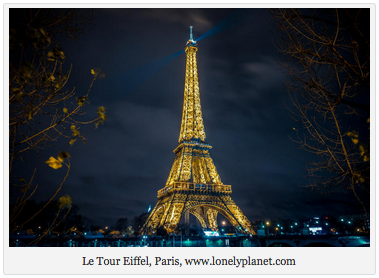
Great civilizations often emanate from the shores of great bodies of water — in this sense Paris is no exception. As the Thames is to London, so the Seine is to Paris. Rising at Source-Seine in the Langres plateau, the river travels almost 800 kilometres to the sea. Strictly speaking, it is a maritime river that for centuries connected the commerce and transportation systems of the French interior to the English Channel at Le Havre. But it is also one of the main arteries through the heart of the history of the west. From the ancient Celts who inhabited its banks at present-day Paris and traded on the Île de la Cité, to the glories of the Renaissance, to the sacred sites of the Cathédrale Notre Dame, Sainte-Chapelle, the Tour Eiffel and the Louvre, there is always the river, Paris’s constant link to the past, flowing through and beyond the heartbreak, victories and jubilance of the generations.
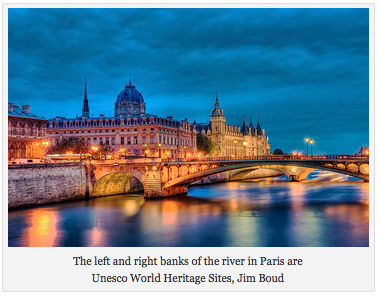
Fearless heroine of France, Joan of Arc, was burned at the stake by the English during the 100 Years War – her ashes are said to have been cast into the Seine to avoid mass revolt among those who considered her a martyr. Likewise, centuries later, Naploean’s remains were returned to the banks of the river, at Les Invalides, Paris. Let us also not forget the Paris massacre of 1961 during the Algerian war, where many peaceful protesters were drown in the Seine at the Saint-Michel Bridge. And now the tears and outrage flow through the heart of the city once again for the terror meted out in the 11th arrondisement, near the right bank of the river and Le Place de la République.
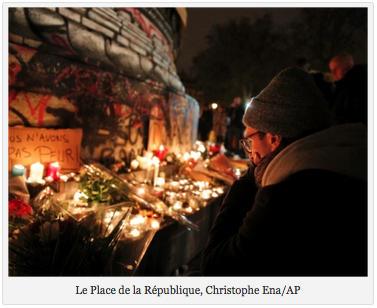
Remarkable is the response of so many: the refusal to descend into the abyss of hatred. If history is any guide, the free world’s city of resplendent, shining light will prevail, and the river will continue to flow to the sea.





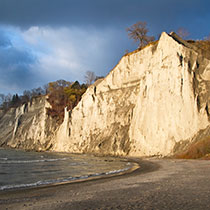
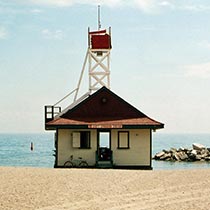
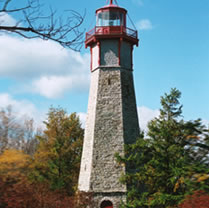
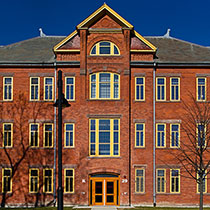
{ 3 comments… read them below or add one }
Interesting how Hitler ordered the destruction of Paris!
Thanks Callum — thank heavens the order wasn’t carried out!
The history of Paris, with its successive waves of invasions over the centuries, is the history of Europe itself and through emmigration that of much of the rest iof the planet. Hitler was ready to destroy all that he could not have or control and then some. He, like various other would be conquerors throughout history, was an abberation or almost a “mutant’ who would destroy everything in his wake. If Hitler could not have Paris then the world could not have it.
Whatever General Dietrich von Choltitz’s motives, he did save Paris from destruction.